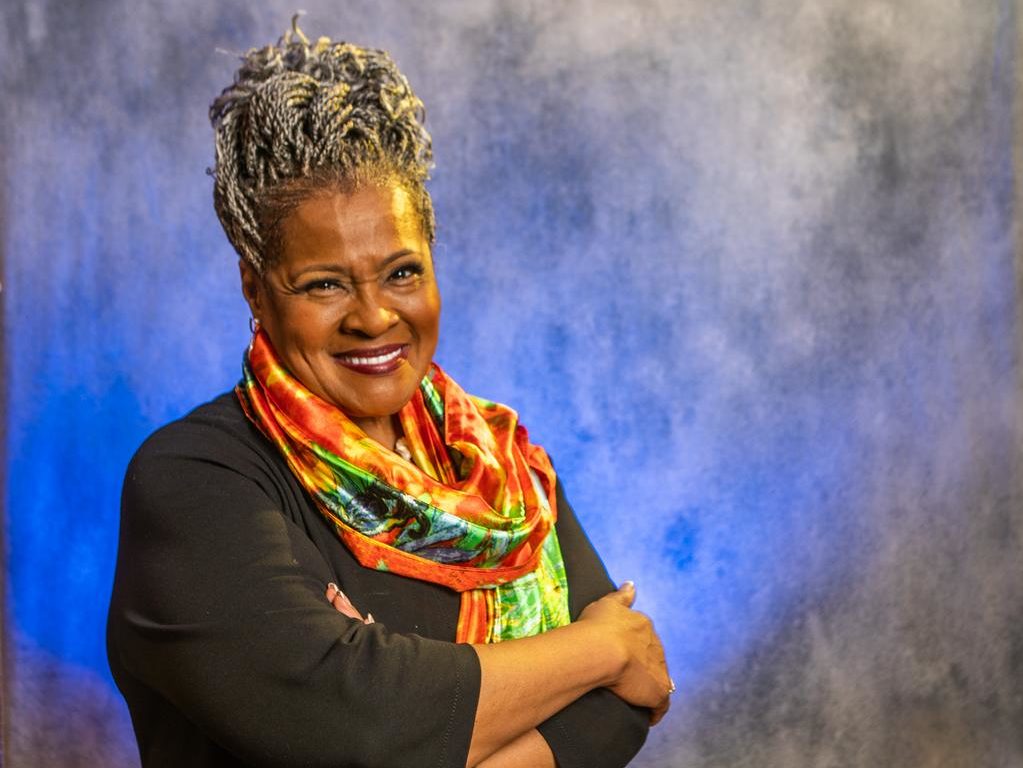| Leaders from across the region need to elevate the voices of Black teachers as the number of educators of color in Allegheny County continues to decline, a panel of local experts and officials from Research for Action said during a Tuesday discussion on teacher diversity. The “Wisdom to Action: Learning from Black Educators to Diversify Allegheny County’s Teacher Workforce” event at the August Wilson African American Cultural Center in Downtown brought together policy makers, education leaders, teachers and community members to discuss the experiences of Black teachers from across Allegheny County. The event, which came as the number of teachers of color in the county and across the state continues to decline, also offered insights and strategies for reversing that trend. “This demands our attention,” Clairton School District Superintendent Tamara Allen-Thomas said. “Allow me to share some sobering statistics: While students of color make up nearly 40% of our country’s population, only 3.4% are Black teachers. This imbalance not only fails to mirror the rich tapestry of our community, but it also deprives our students of invaluable role models and mentors who understand their unique experiences and cultural backgrounds. Now more than ever, we must heed to a call to action and commit ourselves to diversifying Allegheny County’s teacher workforce.” The goal of the event was to jumpstart discussions and initiatives to help bolster the number of Black educators entering the profession while working to retain them in those roles. It stemmed from a November report from Research for Action, a nonprofit education research organization, which details the experiences of Black teachers in Allegheny County while digging into why Black teachers are leaving the profession. In all, Allegheny County saw the number of Black teachers drop by 10% in the past decade, according to Research for Action and the Allegheny County Education Research. That means that during the 2022-23 school year, teachers of color represented 4.6% of almost 10,700 total teachers at public schools across the county. That’s compared to children of color who accounted for almost 38% of public school students. And those numbers mirror what’s happening on the state level. Between the 2016-17 and 2019-20 school years, only 5.6% of teachers were people of colorcompared to 33.1% of students of color, according to a report from Ed Fuller, an associate professor in the Department of Education Policy Studies at Penn State’s College of Education. And almost 55% of Pennsylvania schools and more than one-third of school districts employed no teachers of color during the 2016-17 school year, the report found. The disparities between students and teachers of color also comes as the state grapples with an ongoing teacher shortage. Around 7.7% of Pennsylvania teachers, or a total of 9,587, left their positions between the 2021-22 and 2022-23 school years, Mr. Fuller found. And there are fewer new teachers to replace them. According to the Pennsylvania Department of Education, more than 15,000 in-state certifications were issued during the 2010-11 school year; by 2021-22, that number had dropped to about 4,200. But for Black teachers specifically, challenges such as racial microaggressions, unjust treatment, heavier workloads and racism toward students compound with issues facing all teachers including lack of administrative support and instability due to staffing policies, often leading to high levels of burnout. Officials are now working to reverse those trends. A panel of local educators — including Jason Rivers, the director of narrative transformation, conflict resolution and violence prevention at Pittsburgh Public Schools; Dawn Gordon, principal at Pittsburgh Public’s King PreK-8; Wayne Jones, CEO of the Penn Hills Charter School of Entrepreneurship; and Danielle Smiley, a teacher at Propel Schools — discussed ways to remove barriers for Black teachers or those pursuing a career in education. The panel, which was moderated by Kathy Wilson Humphrey, the first Black president of Carlow University, built on several recommendations featured in the Research for Action report, such as designing pipeline programs for students who have an interest in teaching; ensuring that school funding is adequately and equitably distributed to all schools; participating in continuous education and training; developing and implementing systemic and infrastructural improvements and supports; establishing mentorship programs; and creating affinity spaces where Black teachers can connect with other Black educators, among others. Read more on Post-Gazette.com. |
In the News: Education Leaders, Advocates Tackle Ways to Bolster Number of Black Educators in Allegheny County

